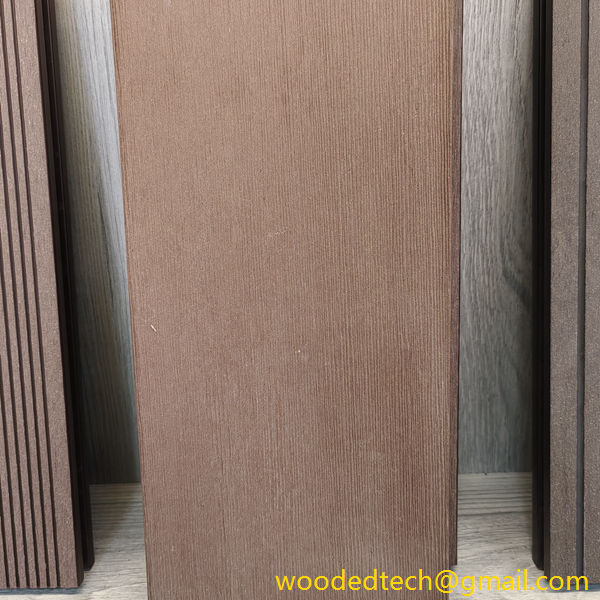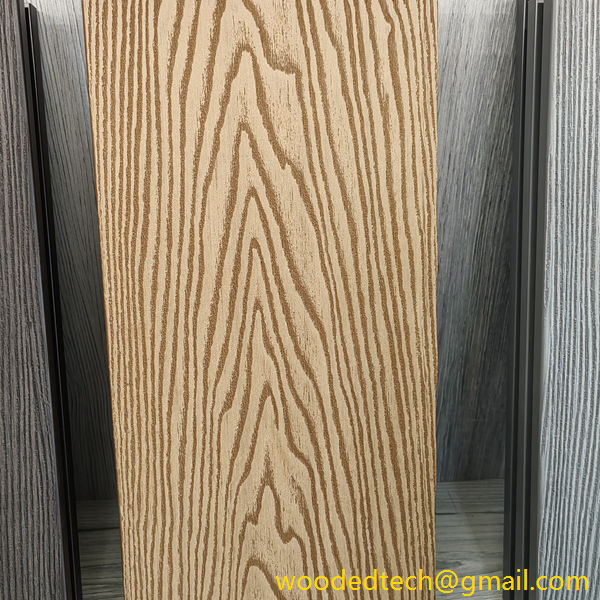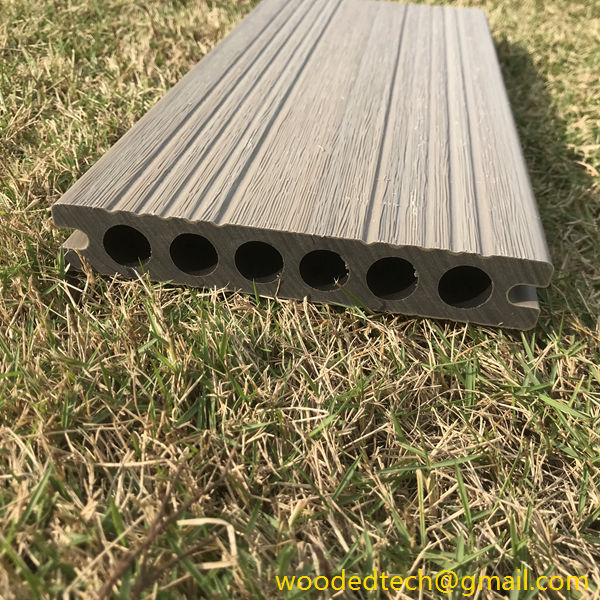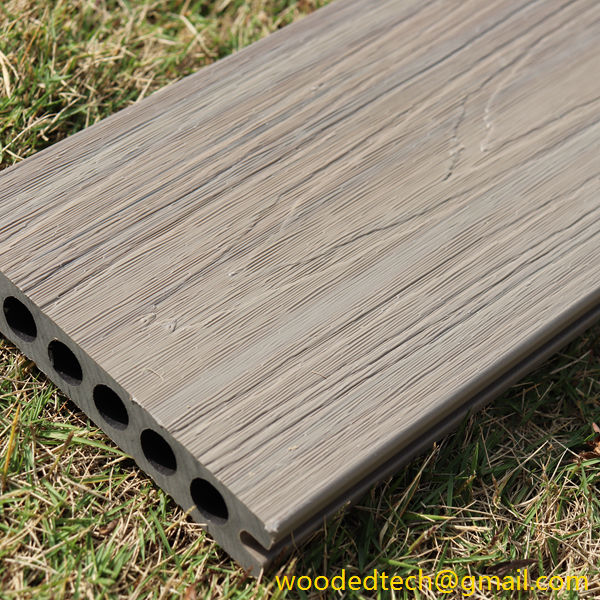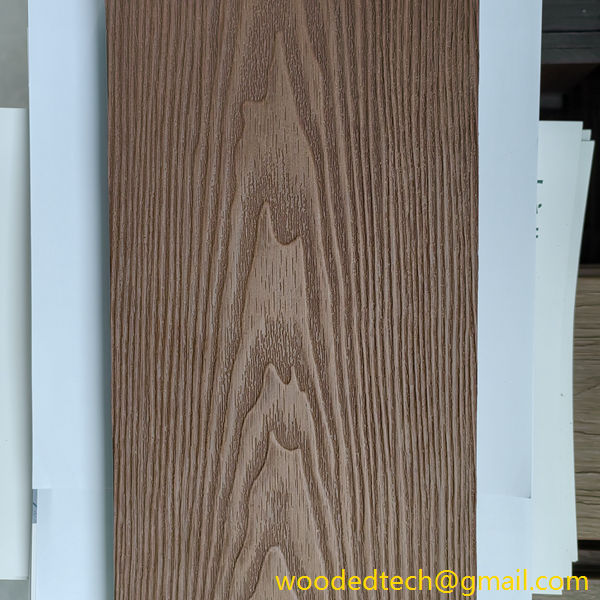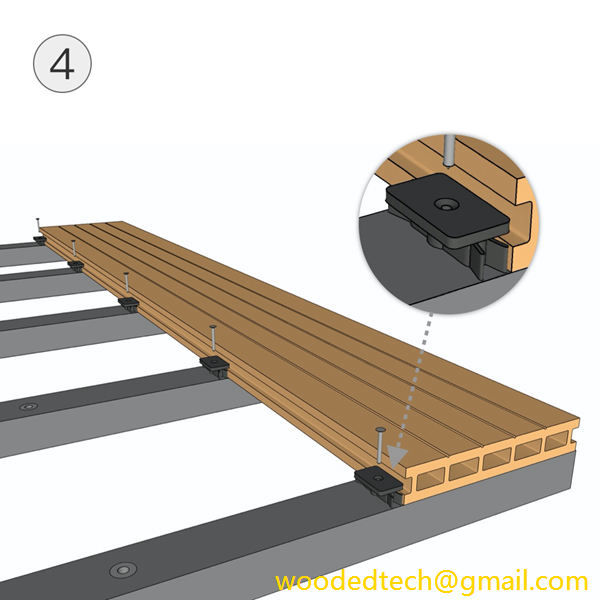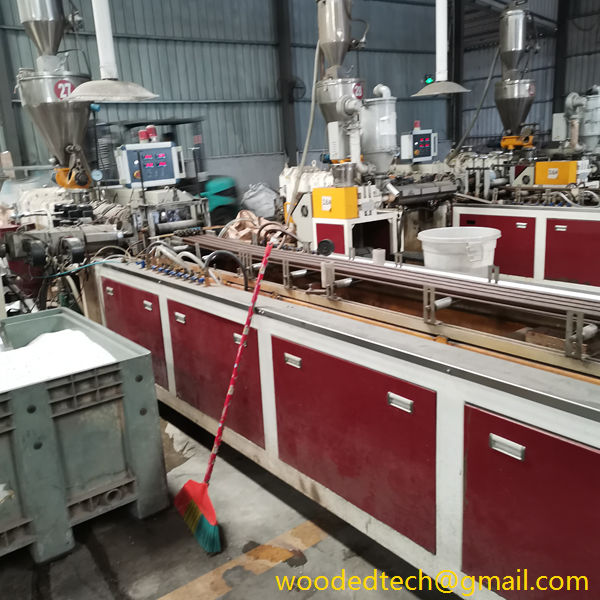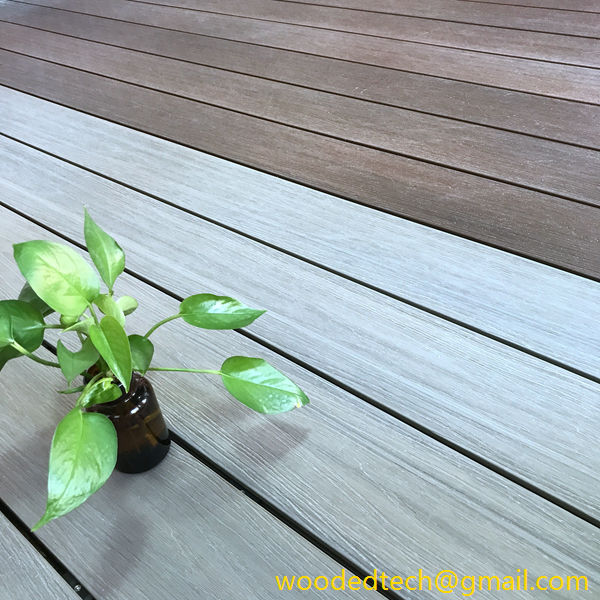Benefits of WPC Roof Panel for Energy Efficiency
Benefits of WPC Roof Panel for Energy Efficiency When it comes to modern construction materials, one innovation that has gained considerable attention is the Wood Plastic Composite (WPC) roof panel. This cutting-edge material combines the durability of plastic with the aesthetic appeal of wood, resulting in a versatile roofing solution that not only enhances the…
Benefits of WPC Roof Panel for Energy Efficiency
When it comes to modern construction materials, one innovation that has gained considerable attention is the Wood Plastic Composite (WPC) roof panel. This cutting-edge material combines the durability of plastic with the aesthetic appeal of wood, resulting in a versatile roofing solution that not only enhances the structure of buildings but also contributes significantly to energy efficiency. Understanding the benefits of WPC roof panels can help homeowners, builders, and architects make informed decisions regarding sustainable and energy-efficient construction practices.
One of the most significant advantages of WPC roof panels is their excellent thermal insulation properties. Traditional roofing materials, such as metal or asphalt shingles, tend to absorb heat during the day, which can lead to higher indoor temperatures and increased reliance on air conditioning systems. In contrast, WPC roof panels are designed to reflect a substantial amount of solar radiation. This reflective ability allows buildings to maintain cooler indoor temperatures, reducing the need for artificial cooling and, consequently, lowering energy consumption. As energy costs continue to rise globally, the implementation of energy-efficient materials like WPC can lead to significant savings over time.
Another aspect contributing to the energy efficiency of WPC roof panels is their ability to create a barrier against air infiltration. Proper insulation is crucial in maintaining consistent indoor temperatures and minimizing energy loss. WPC panels are engineered to fit tightly together, which creates a seal that prevents drafts and air leaks. This air-tightness ensures that heated or cooled air remains inside the building, reducing the workload on heating and cooling systems. By minimizing air exchange, WPC roof panels help maintain a stable indoor climate, further enhancing energy efficiency.
Moreover, WPC roof panels are lightweight, which simplifies the installation process. Traditional roofing materials can be heavy and cumbersome, requiring additional structural support and increasing labor costs. The lightweight nature of WPC panels not only reduces the need for reinforcement but also allows for quicker installation times. This efficiency during the construction phase can lead to reduced energy consumption on-site, making the overall building process more sustainable.
WPC roof panels are also resistant to a variety of environmental factors, including moisture, mold, and rot. This durability translates to a longer lifespan for the roofing material, meaning that building owners will not need to invest in frequent replacements. The longevity of WPC panels contributes to energy efficiency by decreasing the lifetime energy costs associated with manufacturing, transporting, and installing new roofing materials. In essence, a longer-lasting roof equates to a reduced carbon footprint over time.
In addition to their functional benefits, WPC roof panels offer aesthetic versatility. Available in a variety of colors, textures, and finishes, they can be designed to complement any architectural style. This versatility means that homeowners and builders do not have to sacrifice visual appeal for energy efficiency. Instead, WPC roof panels provide an opportunity to create beautiful, energy-efficient structures that align with modern design trends while promoting sustainability.
The environmental impact of WPC roof panels is another critical consideration. These panels are made from a combination of recycled wood fibers and plastic materials, which helps reduce waste and promote the circular economy. By utilizing recycled materials, WPC panels contribute to the conservation of natural resources and decrease the overall demand for new raw materials. This sustainable approach not only benefits the environment but also resonates with consumers who are increasingly seeking eco-friendly building options.
Furthermore, the manufacturing process of WPC roof panels is often more energy-efficient compared to traditional roofing materials. The production of metal or asphalt shingles typically involves high energy consumption and significant greenhouse gas emissions. In contrast, the production of WPC panels can be optimized to minimize energy use and emissions. This reduction in environmental impact during the manufacturing phase adds another layer of sustainability to WPC roof panels.
Maintenance is another area where WPC roof panels excel. Unlike traditional roofing materials that may require regular treatments or repairs due to wear and tear, WPC panels are low maintenance. Their resistance to moisture and pests means that homeowners can spend less time and resources on upkeep and more on enjoying the benefits of their energy-efficient roofs. This ease of maintenance contributes to the overall energy savings associated with WPC panels, as less energy is consumed in the maintenance process.
In conclusion, the benefits of WPC roof panels for energy efficiency are manifold, encompassing thermal insulation, air infiltration prevention, lightweight construction, durability, aesthetic versatility, and sustainability. As building practices continue to evolve towards greener alternatives, WPC roof panels emerge as a leading choice for those seeking to balance energy efficiency with style. Their ability to lower energy costs, reduce environmental impact, and provide long-lasting performance makes them an attractive option for homeowners, builders, and architects alike. Embracing materials like WPC not only contributes to individual energy savings but also plays a critical role in fostering a more sustainable future for the construction industry.

